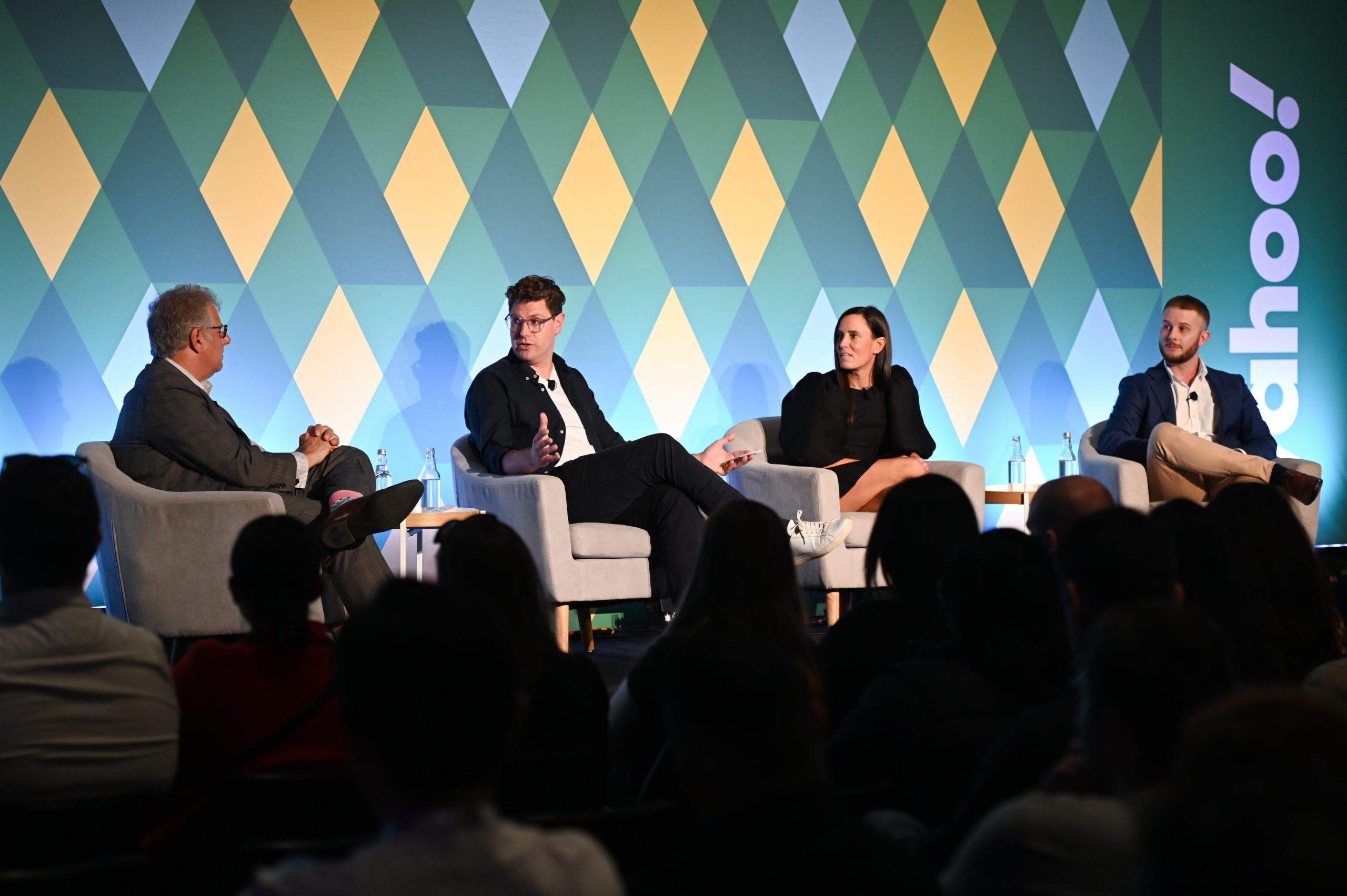
This week, Advertising Week APAC (AWAPAC) returned for the first time since 2019. During the hiatus, the pandemic has had an enormous impact on the media ecosystem across all platforms, including TV, and drastically changed consumer behaviour.
As consumers enjoy a second golden age of television with a wealth of content and modes of viewing to choose from, advertisers are struggling to measure the impact of their campaign’s reach and delivery across screens. This was the central topic of discussion for Amobee’s panel at AWAPAC, featuring Adam Hunt, Senior Director of Business Development and Partnerships for Amobee APAC; Mike Deane, Chief Media Officer at CHEP Network; and Laura Wall, Head of Agency Development for Samsung Ads. Matt Scheckner, Founder of Stillwell Partners and Global CEO of Advertising Week, moderated the discussion with a series of insightful questions, highlighted below.
The Evolution of “Total TV” During the Pandemic
Technology has reinvented television, giving viewers many different ways of consuming according to their preferences. While this evolution has been building for years, things really accelerated during the pandemic, with streaming emerging as the dominant mode of TV consumption. BVOD, or Broadcasting Video on Demand, saw some of the most significant growth with roughly 38% YoY growth. Along with that shift, advertisers investment strategies have evolved to incorporate more digital investments.
In this new landscape of “Total TV,” consumers have unlimited options for viewing what they want, when and how they want, and advertisers have a new wealth of information on which to base their strategies, thanks to Automatic Content Recognition (ACR) and set-top-box data. The challenge becomes creating a unified view of this television landscape so that advertisers can determine reach, measurement, and performance. The benefit of that holistic view, as Mike Deane stated, is that would enable advertisers to balance reach profiles across different platforms.
Addressing Fragmentation & Measurement
Like many media marketplaces, APAC is experiencing unprecedented fragmentation, which creates challenges of measurement. Is a single unified view really possible? The consensus is clear: collaboration is a necessity – at the industry level between institutions, as well as ambitious alliances between companies – to improve measurement capabilities and bring us closer to that holistic view.
Broad Reach vs Personalisation
The rise of ACR and set-top-box data allows advertisers to be opportunistic with how they’re engaging with people across the Total TV ecosystem. A topic of much debate during the AWAPAC session was the implications this granular data could have for cultural visibility and ultimately, brand awareness. Currently, TV advertising is still operating on a one-to-many model, not one-to-one, even in a digital context. As television technology advances and the ability to create personalised advertising increases, is it beneficial for the cultural health of brands? Panelists agreed that it’s important to maintain a balance of both personalised and broad reach. Data can be used for both targeting and insights on audience behaviour to inform planning and measurement, and can be used to build off each other in a use case such as linear reach extension. Brands can use personalisation to build an audience, but they can also use broad reach to encroach on competitors’ audiences and build overall brand awareness. A multi-faceted strategy will help brands stay agile as consumer behaviour evolves.
The panel discussion was insightful, with one overarching takeaway: the Total TV landscape is new and still evolving, so the industry as a whole – advertisers, broadcasters and publishers, ad tech platforms – need to collaborate, test, and learn to discover what is truly effective. When the industry reconvenes for AWAPAC 2023, we hope to see even more synergy between parties to drive innovation on all of these issues.
About Amobee
Founded in 2005, Amobee is an advertising platform that understands how people consume content. Our goal is to optimize outcomes for advertisers and media companies, while providing a better consumer experience. Through our platform, we help customers further their audience development, optimize their cross channel performance across all TV, connected TV, and digital media, and drive new customer growth through detailed analytics and reporting. Amobee is a wholly owned subsidiary of Tremor International, a collection of brands built to unite creativity, data and technology across the open internet.
If you’re curious to learn more, watch the on-demand demo or take a deep dive into our Research & Insights section where you can find recent webinars on-demand, media plan insights & activation templates, and more data-driven content. If you’re ready to take the next step into a sustainable, consumer-first advertising future, contact us today.
Read Next
All Blog PostsForward Thinking
What does television mean in the 21st century and how are independent creators competing with big streaming services like Netflix? Tune in to the latest episode to find out!
July 29, 2022
Data & Insights
Pam Zucker, SVP, Head of Marketing, offers perspective on how marketers can overcome industry inertia with a narrative that is solution-oriented, and enabled by data and technology. Read on.
July 18, 2022
Forward Thinking
The media ecosystem is rapidly evolving and marketers have struggled to pivot, Jack Bamberger shares, advertising technology can help marketers adapt to the disruption. Read on.
July 5, 2022
